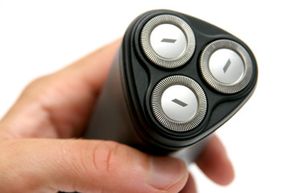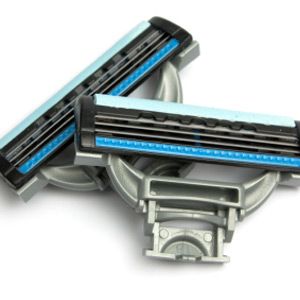Some cave men did it. Alexander the Great did it -- and he made his soldiers take part, too, so that opponents would have one less handhold in combat. Every United States president since Woodrow Wilson on has done it -- William Howard Taft, who left office in 1913, was the last president with facial hair [source: Trex].
The act of shaving, regardless of the tools involved, has been around for centuries. Shark's teeth, clamshells and flint knives were some of man's earliest shaving devices. Safety razors -- razors enclosed in a protective guard with only the blade edge exposed -- have been around for less than 200 years, and disposable double blades have been around for about 100 years. That invention came from a partnership between a Massachusetts Institute of Technology (MIT) professor named William Nickerson and King Camp Gillette, a man still associated with razors [source: Trex].
Advertisement
Most of these inventions involve the comfort of one's own bathroom. But what happens when a man who considers daily shaving a sign of civility goes on a solo expedition across Alaska and British Columbia in the early part of the 20th century? If that man is Jacob Schick, he invents ways to make shaving easier in those chilly locales. With a motorized shaver, Schick believed, a man would be able to shave without the use of water.
It would be a couple of decades before it was possible to buy an electric razor. In 1931, Schick's dry electric shavers went on sale for $25. In just two years, more than a million shavers were sold [source: Mark].
Schick's name is still associated with electric razors today, but many other companies have entered the market in the decades since the 1930s. Read on to learn more about electric razor types and the options available.


